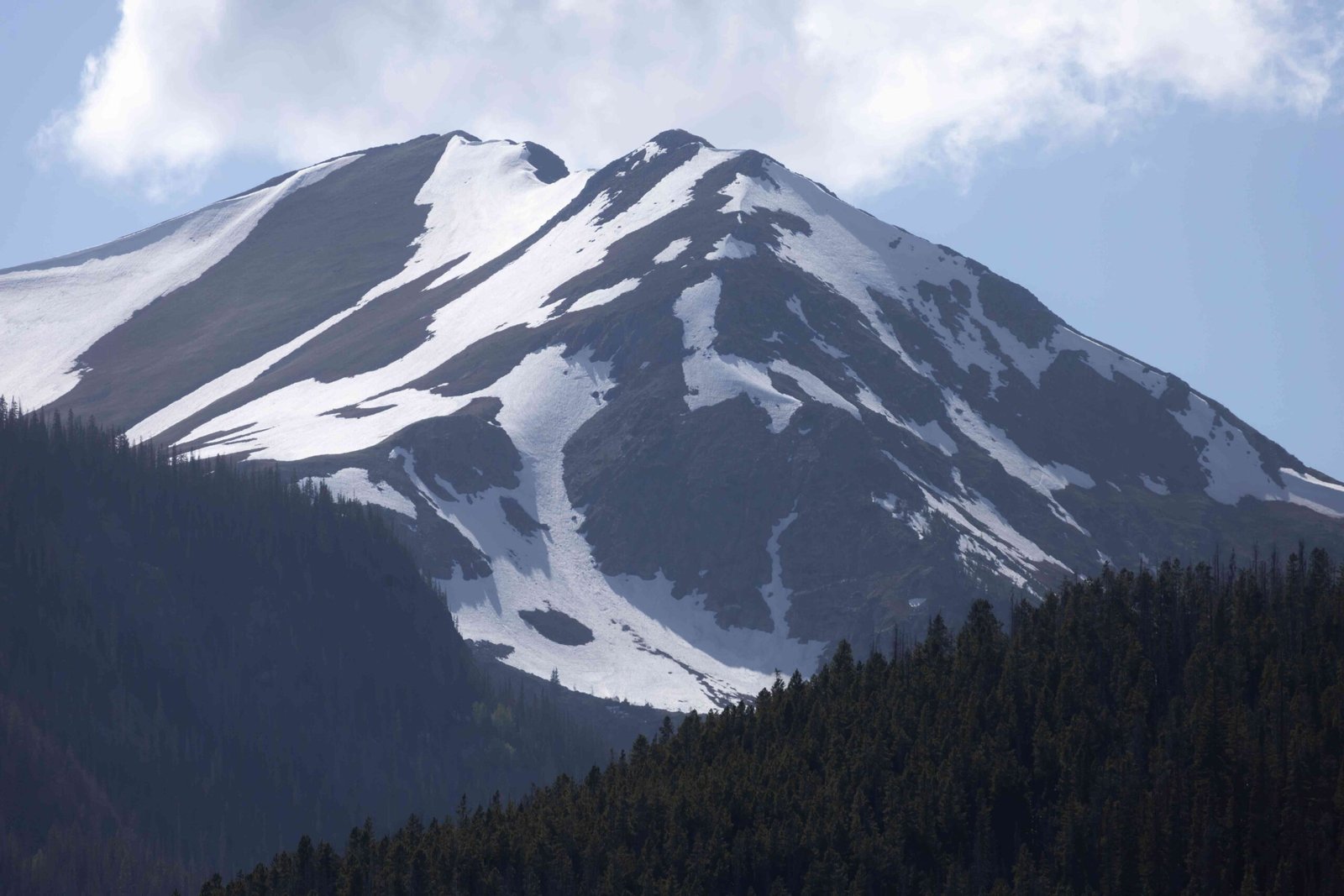Rocky Mountain National Park highline rescue operations are complex and critical emergency responses to save stranded or injured individuals in challenging terrains. These rescues involve specialized techniques, equipment, and highly trained personnel. The park, known for its rugged landscapes and popular climbing routes, sees numerous search and rescue incidents annually, with highline rescues being among the most technically demanding operations conducted by park rangers and rescue teams.
What Are the Statistics on Frequency and Types of Highline Rescues?

Rocky Mountain National Park is one of the busiest national parks in terms of search and rescue operations. In 2017, the park recorded 165 search and rescue incidents, ranking third highest in the country after Grand Canyon National Park and Yosemite National Park. While specific statistics on highline rescues are not detailed, they form a crucial part of the broader search and rescue efforts.
Common Locations for Climbing Accidents
Climbing accidents and search and rescue incidents frequently occur in areas such as:
- Roaring River
- Chaos Canyon
- Gem Lake Trail
- Emerald Lake
- Longs Peak
- Mount Meeker
Demographics of Those Involved
The demographics of individuals involved in these rescues vary widely but often include:
- Hikers of various ages
- Climbers with different experience levels
- Visitors ranging from teenagers to adults
For example, in 2017, rescue operations involved individuals from 15 to 38 years old, including both male and female hikers and climbers.
How Are Highline Rescue Techniques Implemented and What Is the Response Time?

Highline rescues involve complex operations that require specialized skills and equipment. Here’s a breakdown of the techniques and response times:
Techniques Employed
- Setting up highlines across rivers or canyons
- Coordinating with multiple teams, including park rangers and local rescue organizations
- Providing overnight support when necessary
- Conducting aerial assessments when possible
Equipment Used
- Highline gear
- Ropes and harnesses
- Warm clothes and sleeping bags for stranded individuals
- Helicopters or other aerial support (in some cases)
Training Protocols
Rescue teams undergo extensive training in:
- Swiftwater rescue
- High-angle rescue
- Wilderness first response
Average Response Time
Response times can vary significantly depending on the location and complexity of the incident. For example:
| Phase | Time |
|---|---|
| Initial Notification | Varies |
| Rescue Operation Start | Often early morning (e.g., 7 a.m.) |
| Rescue Completion | Can take several hours (e.g., 3-4 hours) |
What Is the Emergency Response Infrastructure in Rocky Mountain National Park?
The park’s emergency response infrastructure is crucial for effective highline rescues and other search and rescue operations.
Locations of Rescue Stations
Key locations include:
- Beaver Meadows Visitor Center
- Longs Peak Trailhead
- Various other trailheads and visitor centers throughout the park
Availability of Trained Personnel
- Approximately 20 rangers and support staff during busy summer months
- Additional support from volunteer teams like Larimer County Search and Rescue
- Collaboration with local fire protection districts
Protocols Followed During a Highline Rescue
- Assess the situation
- Coordinate with multiple teams
- Ensure safety of both rescuers and individuals in need
- Provide overnight support if necessary
- Conduct rescue operation at the earliest safe opportunity
How Accessible Are Popular Climbing Routes and What Are the Associated Risks?
Understanding the accessibility and risks of popular climbing routes is essential for both climbers and rescue teams.
Known Hazards
- Extreme lightning danger, especially above treeline
- Steep and slippery terrain
- Swift-moving rivers
- Altitude sickness
- Exposure to harsh weather conditions
Average Difficulty Ratings
While specific ratings aren’t provided, many routes are considered:
- High-elevation
- High-risk
- Technically challenging
Parking Facilities
Parking is available at various trailheads, including:
- Longs Peak Trailhead
- Other popular starting points for hikes and climbs
Costs Associated with Guided Climbing Tours or Rescue Services
- Park service does not charge for rescue operations
- Rescued individuals may be billed by outside agencies for transportation to emergency rooms
- Guided climbing tours may incur costs (specific amounts not provided)
What Are the Key Takeaways for Visitors Regarding Highline Rescues in Rocky Mountain National Park?
- Be prepared: Understand the risks and challenges of your chosen route.
- Carry appropriate gear: Include warm clothing, food, and emergency supplies.
- Inform others of your plans: Let someone know your itinerary and expected return time.
- Stay within your skill level: Don’t attempt routes beyond your experience and physical capabilities.
- Be aware of weather conditions: Check forecasts and be prepared for sudden changes.
- Know how to contact emergency services: Familiarize yourself with park emergency procedures.
By understanding the complexities of Rocky Mountain National Park highline rescues and taking necessary precautions, visitors can help minimize the need for these dangerous and resource-intensive operations while enjoying the park’s breathtaking landscapes responsibly.

